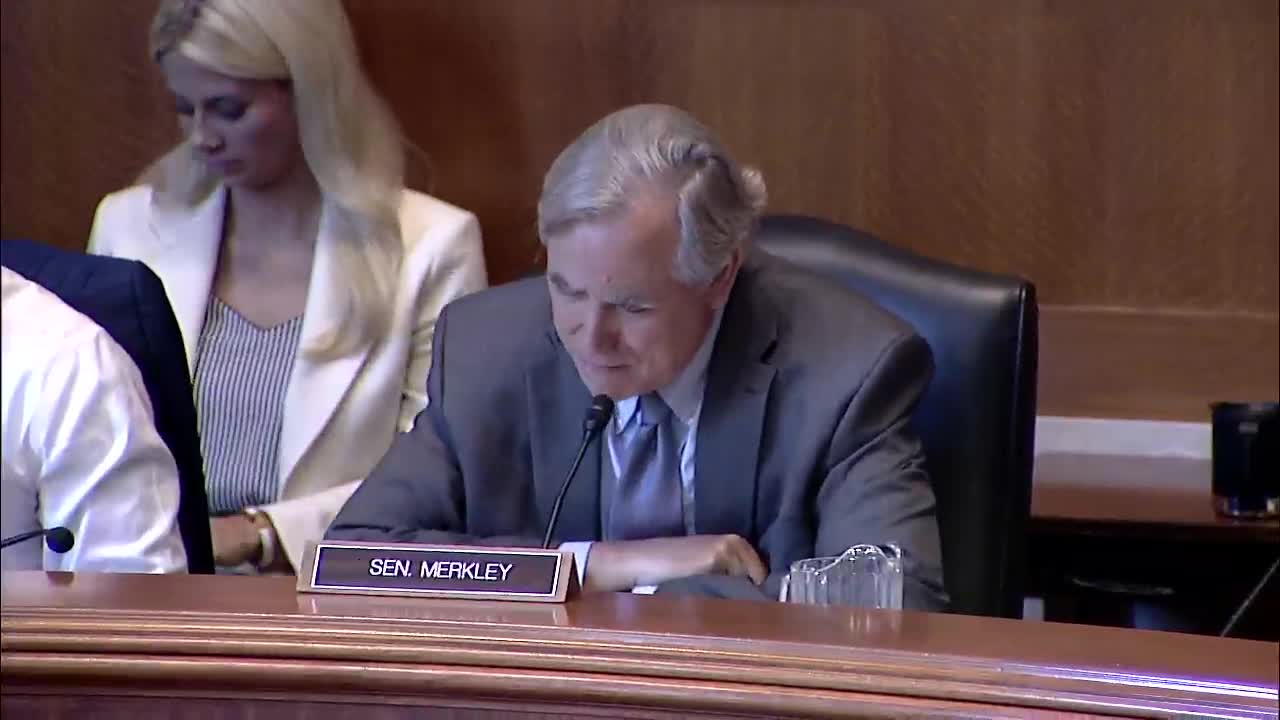Scientists investigate alarming fish deaths linked to rainstorms
July 31, 2024 | Environment and Public Works: Senate Committee, Standing Committees - House & Senate, Congressional Hearings Compilation

This article was created by AI summarizing key points discussed. AI makes mistakes, so for full details and context, please refer to the video of the full meeting. Please report any errors so we can fix them. Report an error »

In a recent government meeting, officials discussed the alarming decline of coho salmon populations in Washington state, attributing the issue to potential chemical exposure following rainstorms. The research is being conducted at the Washington Stormwater Center, affiliated with Washington State University, with additional studies being carried out by the University of Washington.
The meeting highlighted the significance of this issue, particularly as it adds to the ongoing challenges faced by salmon populations, which have already been impacted by dam operations and other environmental factors. Officials expressed concern over whether similar mass mortality events are occurring in other regions, including Alaska, the East Coast, and even Europe, where salmon runs exist.
While Washington has seen the most dramatic evidence of fish mortality, researchers from the U.S. Geological Survey (USGS) are investigating the phenomenon nationwide. The concentration of adult coho in urban areas may have made these events more observable in Washington compared to more remote locations.
A key point of discussion was the need to understand the mechanisms behind the fish deaths. Officials noted that while coho and rainbow trout have been affected, chinook salmon appear to be resilient, having shown no signs of distress in laboratory tests. This raises questions about the specific factors contributing to the mortality of certain species and underscores the urgency for further research to identify the underlying causes.
The meeting highlighted the significance of this issue, particularly as it adds to the ongoing challenges faced by salmon populations, which have already been impacted by dam operations and other environmental factors. Officials expressed concern over whether similar mass mortality events are occurring in other regions, including Alaska, the East Coast, and even Europe, where salmon runs exist.
While Washington has seen the most dramatic evidence of fish mortality, researchers from the U.S. Geological Survey (USGS) are investigating the phenomenon nationwide. The concentration of adult coho in urban areas may have made these events more observable in Washington compared to more remote locations.
A key point of discussion was the need to understand the mechanisms behind the fish deaths. Officials noted that while coho and rainbow trout have been affected, chinook salmon appear to be resilient, having shown no signs of distress in laboratory tests. This raises questions about the specific factors contributing to the mortality of certain species and underscores the urgency for further research to identify the underlying causes.
View full meeting
This article is based on a recent meeting—watch the full video and explore the complete transcript for deeper insights into the discussion.
View full meeting